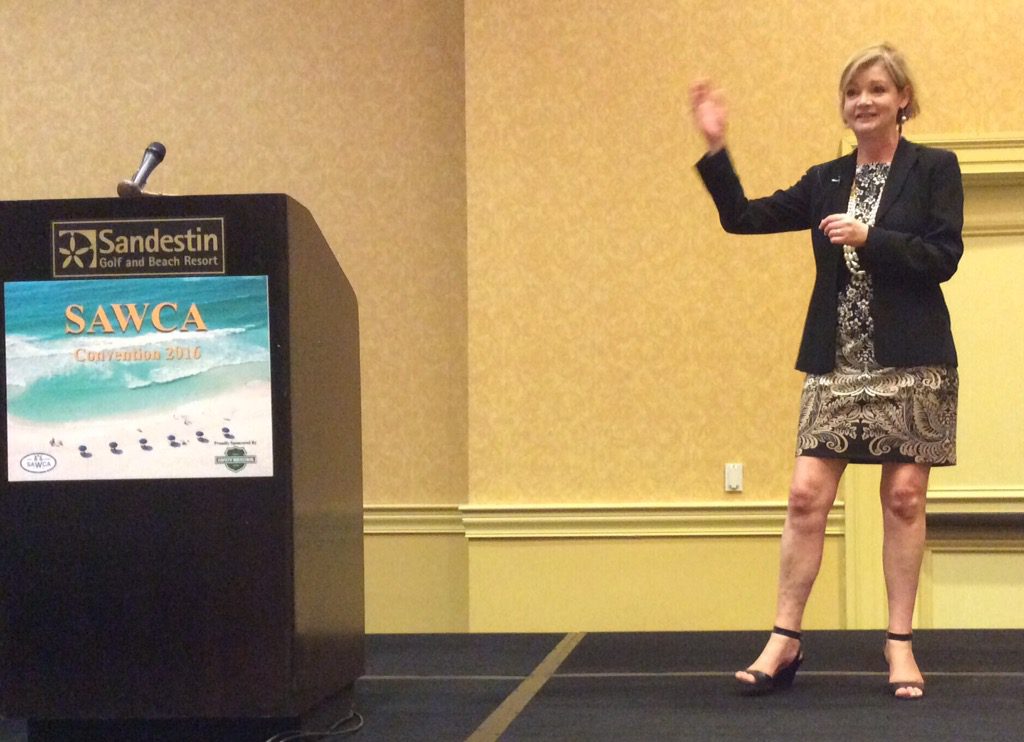Robotics & Technology Advances
At the 2016 SAWCA Annual Conference, Dr Sharon Heise, Associate Director of the Institute for Human and Machine Cognition (IHMC) provided a preview of the coming age of robotics.
Sensory assistance is one area where technology can be very useful in workers’ compensation. Traumatic injury can lead to sensory loss. Much of their so work is with people injured in the military. One area of emphasis is with vision loss. People who lost their vision can now “see” using digital images that are transmitted to a sensor on their tongue. Their brain learns to interpret the sensations on their tongue to see the image.
National Language Dialogue Systems allow people to easily “speak” with computer companions in smart homes which can help people with traumatic brain injuries get cognitive exercise. This is similar to having a “Siri” in your home to have conversations with you to assist in memory recall exercises.
Developing robots that can actually “walk” like a human is the next big step in robotics. Robots with treads are not useful in many environments. For example, the Fukoshima reactor site was designed to be navigated by humans with stairs and doors. It was impossible to send in robots to review the situation because they were unable to move around. There are many situations where it is unsafe for humans to enter where walking robots would be useful. Teaching robots to walk like a human on legs is extremely difficult because of balance issues. It is difficult for robots to adjust to changes in the environment which can cause a loss of balance such as shifting materials under their feet. It is also very difficult for a robot to get back up if they fall because they lack the ability to adjust their balance and footing as needed.
Robotics is an area where technology is advancing rapidly. Wearable robotics or exoskeletons can help people who have been injured to walk again. They are used in both rehabilitation and to fully replicate walking capabilities. One of the big challenges with fully replicating walking for someone who has paraplegia is the fact that they do not have any sensation in their legs. Just moving the legs is one thing, but the more complicated issue is developing sensory substitution technology so that the person can “feel” where their legs are positioned and they can move them correctly to maintain balance.


